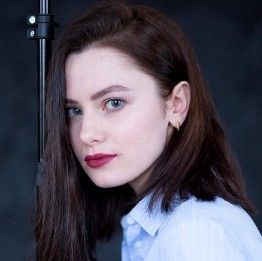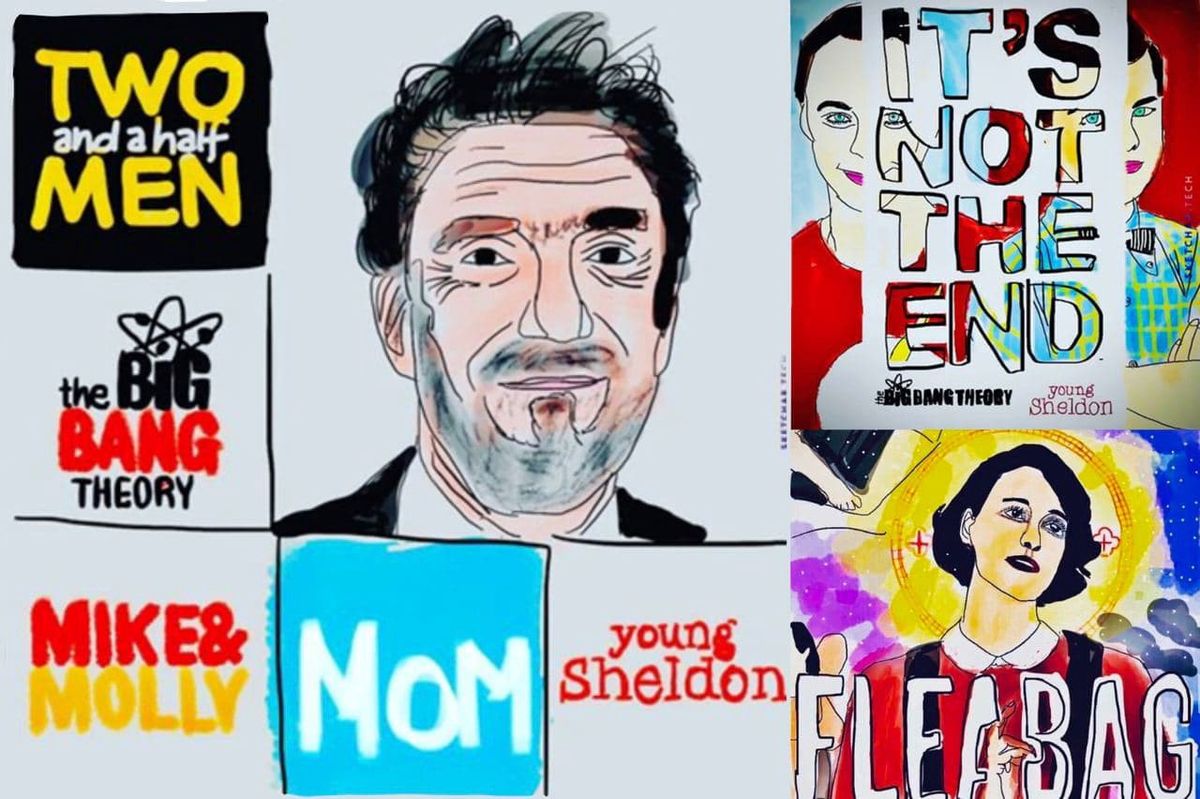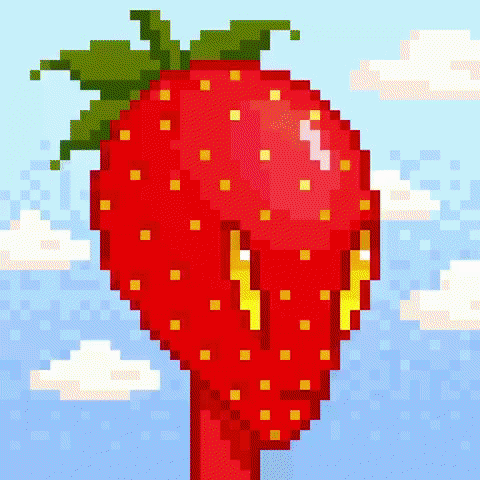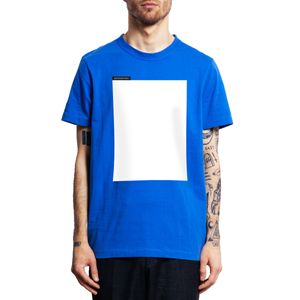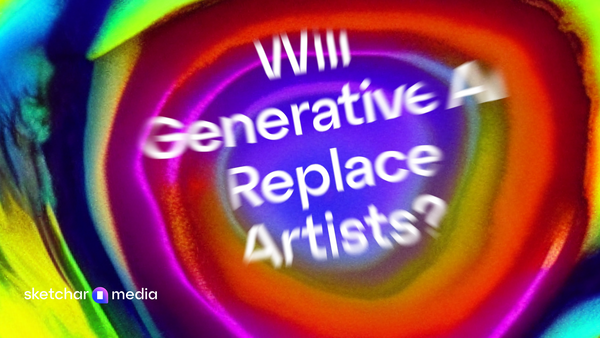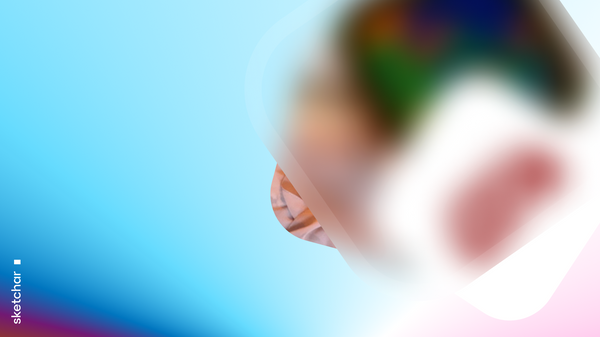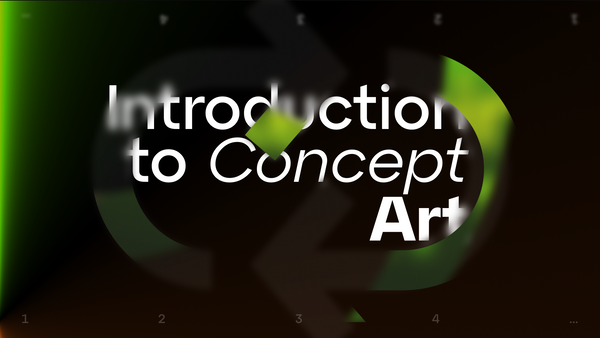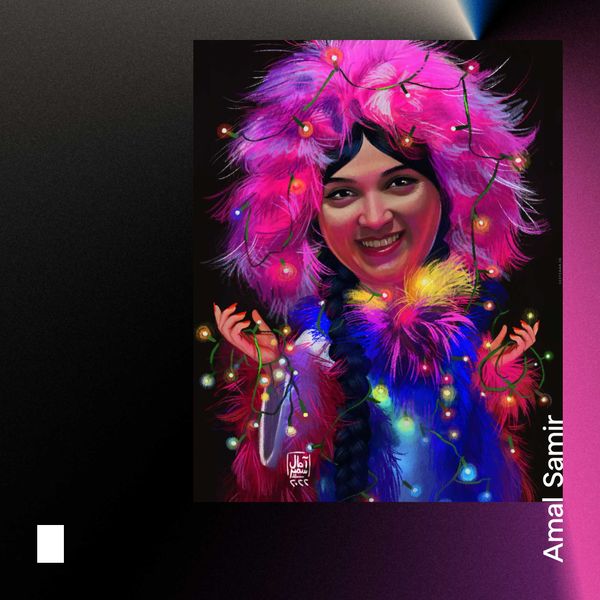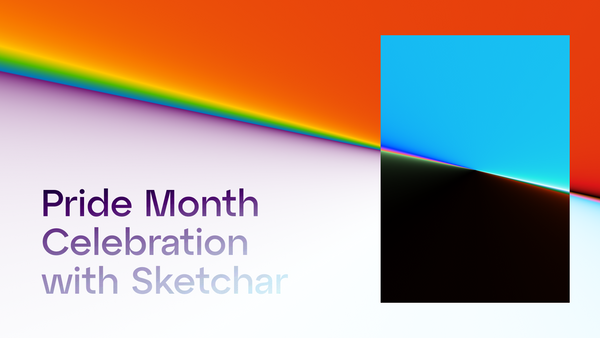You’ve probably come across disproportionate, primitive, seemingly even sloppy, but touching and frank artworks resembling children’s paintings. In fact, their authorship belongs to adults who are representatives of naive art.
Originally, naive art was any form of visual art that reflected a fresh and innocent vision of the world and created by a person who lacked or rejected traditional knowledge in depicting real objects. But, in general, that description was pretty much true for the 20th century, because in the 21st century there have already appeared institutions dealing with naive art issues. The genre is now recognized all over the world and represented in individual museums and many galleries.
Nevertheless, the main distinguishing feature of the movement is still noncompliance with the formal principles of art. Naive artists mostly do not:
• decrease object scales proportionally with distance;
• mute colors with distance;
• decrease the precision of details with distance;
• show signs of any light sources;
• build the correct anatomy of humans or animals.
Leaving aside these so-called rules, the naive create works that appear to be “geometrically wrong” with distorted perspectives and rough shapes, with active use of pattern and bold color regardless of composition, and with dramatic intensity in both the foreground and background.
They create another reality of their own surreal quality.
Naive art is a fairly old trend, and there are two possible versions defining when it started. One dates its birth to the early years of the 20th century when it was first accepted as an artistic mode of status equal to any other artistic mode (a number of the avant-garde, post-modern and conceptual professionals openly had recognized naive art as a source of inspiration). The other suggests going back tens of thousands of years ago when the first cave paintings appeared — a time when all art was of a type that might now be considered naive.
But what is known for certain is that by the middle of the 20th century, most developed regions had their own naive artists who had achieved some notability. One of the key figures in the movement is the Frenchman Henri Rousseau, whose portraits, jungle scenes, and exotic vegetation are widely admired.
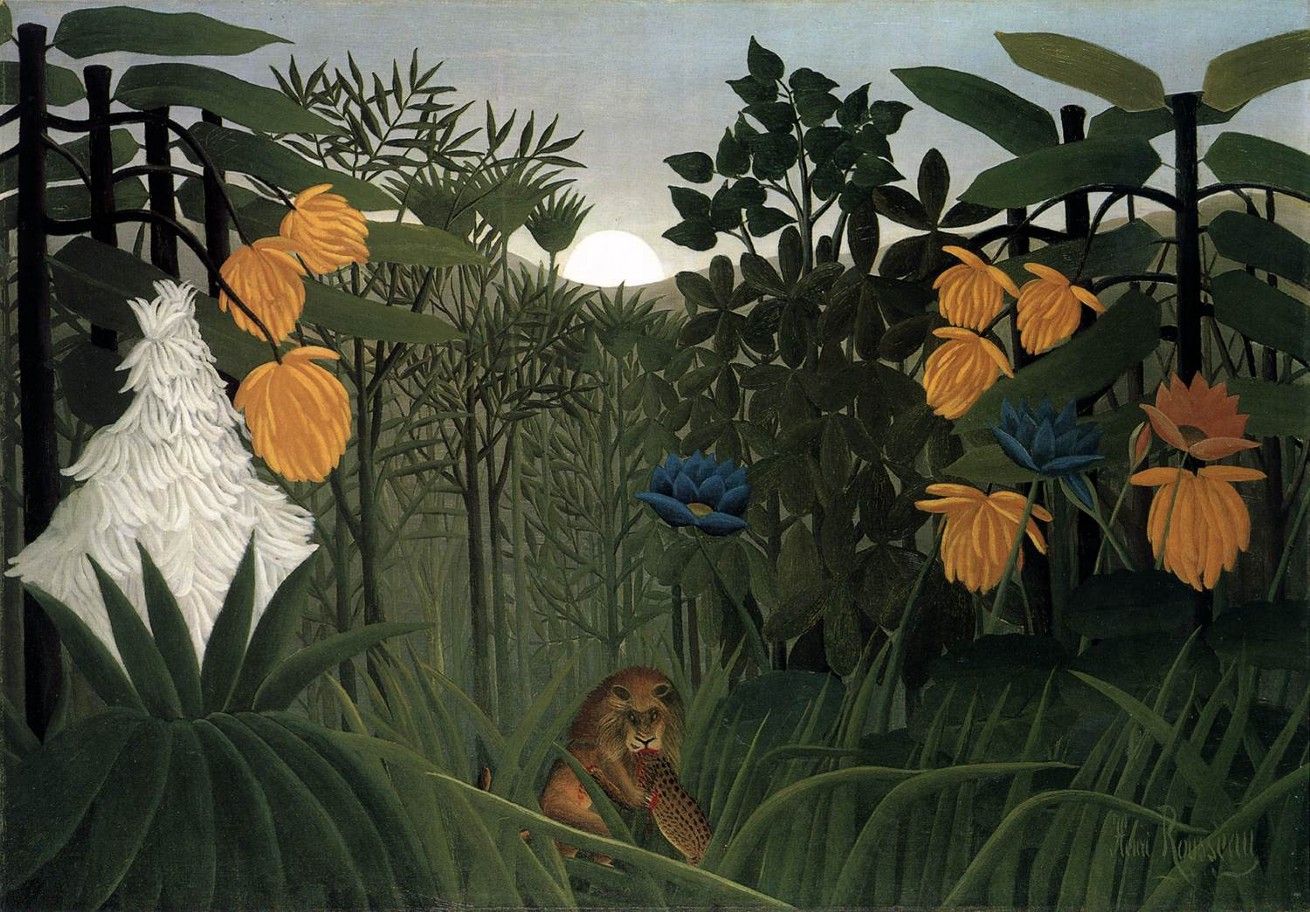
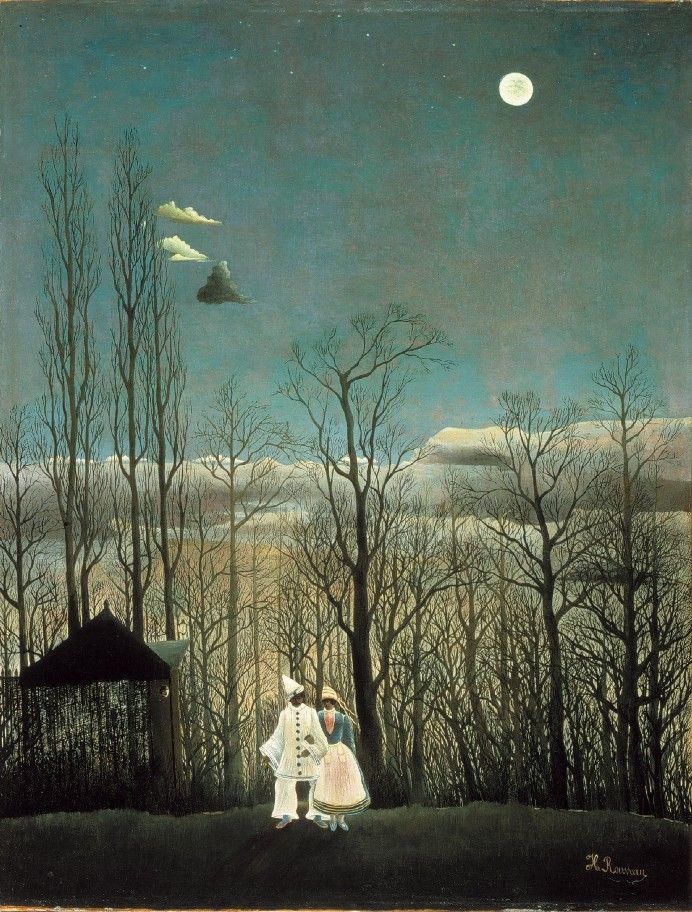
Rousseau started painting seriously in his early 40s and became fully involved in the art at the age of 49 when retired from his job as a tax collector. His works were frequently ridiculed and subjected to harsh criticism, especially at first. Rousseau took inspiration from children’s books and the botanical gardens of Paris and even claimed to invent a new style of “landscape-portrait painting” where he would first paint a scene and then depict a person or animal in the foreground. The artist gained popularity among the fellow creators after his first exhibition at the Salon des Indépendants of 1886 in Paris: one of his works was shown to Camille Pissarro (a Danish-French impressionist and neo-impressionist painter) with the hope to make fun of Rousseau, but the master admired his style and praised the painting. It was “A Carnival Evening.”
Another, equally well-known naive self-taught artist is the Georgian Niko Pirosmani. He also earned international recognition only after his death. At the beginning of the 20th century, while taking his first active steps in art, Pirosmani created with homemade paints on oilcloth, white or black. Where it was necessary to apply such colors, the artist simply left the oilcloth unpainted — that’s how he developed one of his basic techniques. Pirosmani’s works were influenced by the social conditions of his time and place. Unlike other artists, Niko didn’t seek a pure imitation of nature and paid no attention to details. Some of his paintings are monochrome.
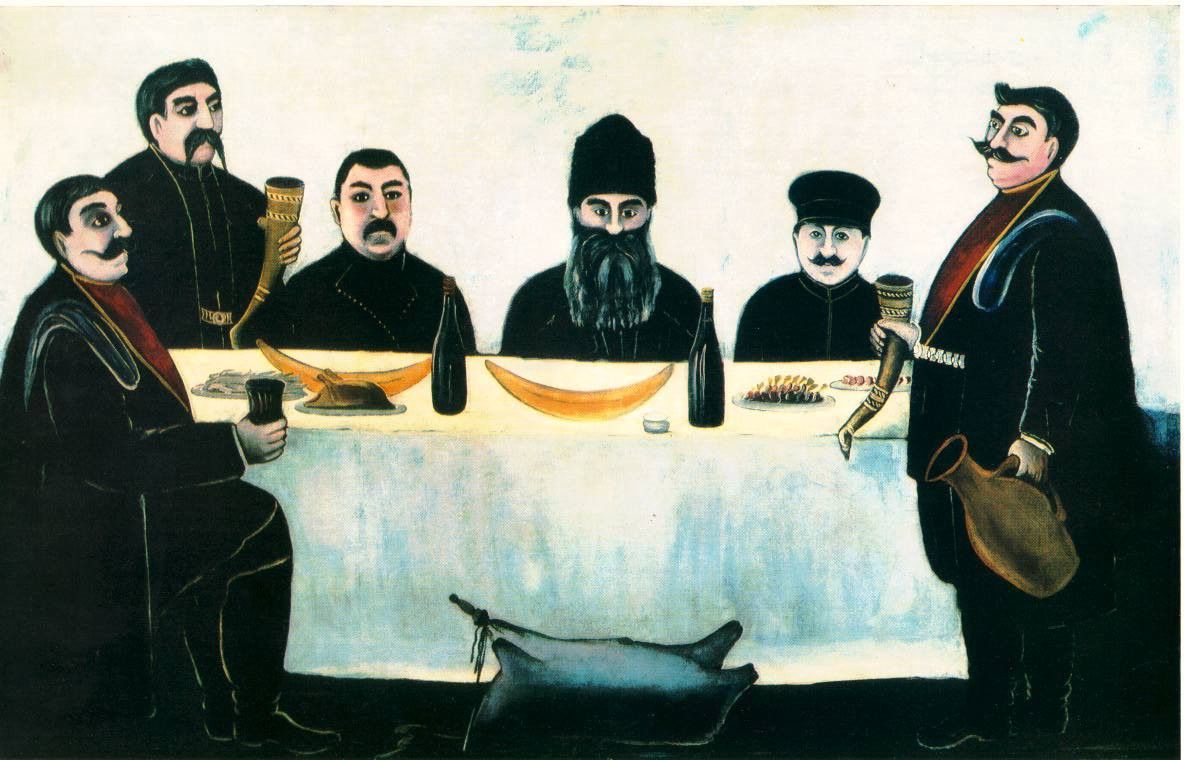
Beyond that, many artists working at the same time or just after Rousseau were elaborating their own kind of naive art, which was to some extent fueled by folk art. For instance, Grandma Moses began her creative career at 78 and was known for her fascination with American realism; Ivan Generalić portrayed his home rural scenes of Croatia with political overtones — they had little to no training but allowed personal experience, heritage, and cultural background to enrich their work.
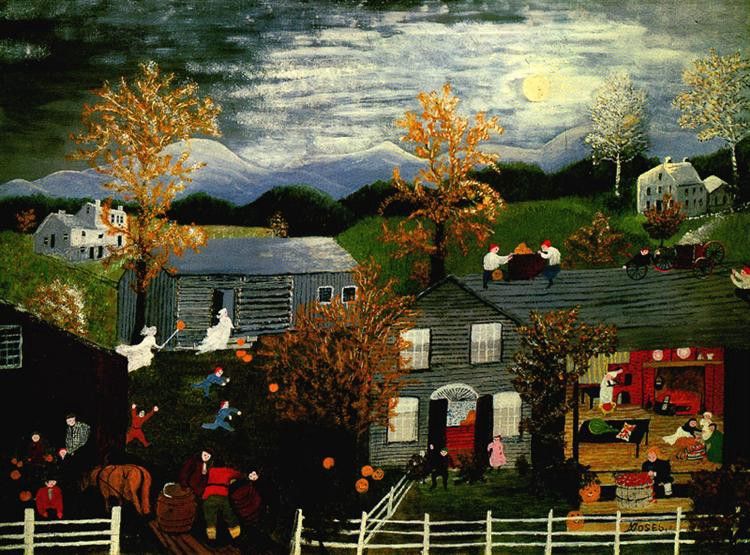
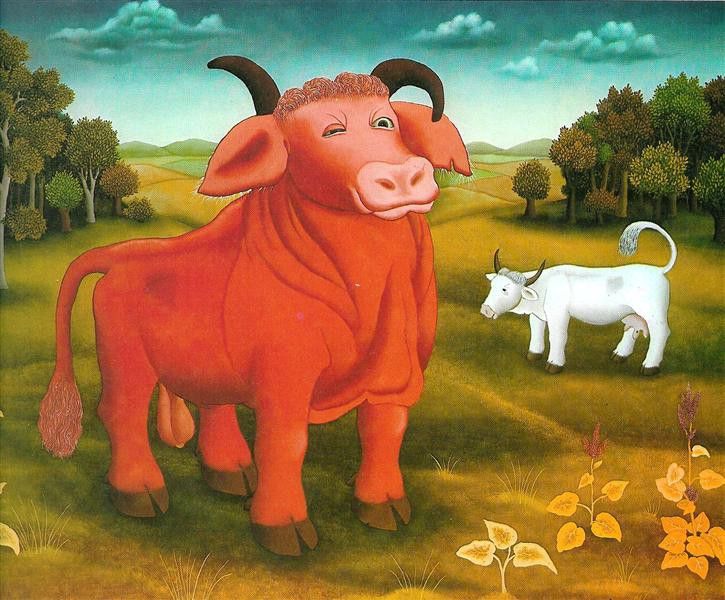
The main point of naive art is that its artists do not strive to draw according to rules. They create the way they feel, with an uninhibited and instinctive approach to materials, composition, and idea. This is what distinguishes them from primitivist artists: as experienced professionals, the latter deliberately employ simplification, doing their paintings up like awkward ones. Marc Chagall, Paul Klee, Mikhail Larionov, Pablo Picasso, Henri Matisse had that working style.
“Naive” doesn’t mean “stupid” or “narrow-minded.” Rather, it’s a contrast to professional art.
Absolute naivety can hardly be found in contemporary artists, given the spread of self-education nowadays as a form of mastering specialist knowledge. Examples of living artists who openly recognize their naive style are Gary Bunt, Lyle Carbajal, Gabe Langholtz, Gigi Mills, Barbara Olsen, Paine Proffitt, Alain Thomas.
The SketchAR team, on their part, also want to single out one young creator — a girl from India named Krithika S. She is a newbie who started making art during the Covid-19 lockdown. Trying to have some fun, Krithika came across the SketchAR app and then began posting her drawings made with the help of it on Instagram. Her creative activity has got our sympathy right off the bat.
I took up drawing as a hobby to spend my early morning and late evening times because being at home for so long was starting to stress me out a bit.
Initially, I used to draw some generic things with my hands. Then I slowly began to develop an interest in drawing portraits of celebrities. Some of them were good and some of them were not good at all.
I discovered SketchAR when I was trying to sketch my friend to surprise her on her birthday. At first, I thought of free-hand sketching, but I didn’t have the time and was afraid of the outcome.
So my very first art in the app was a portrait-type picture of my friend. Then I felt SketchAR was really nice and fun. It saved me a lot of time and the end result of my art turned out really as awesome as I expected.
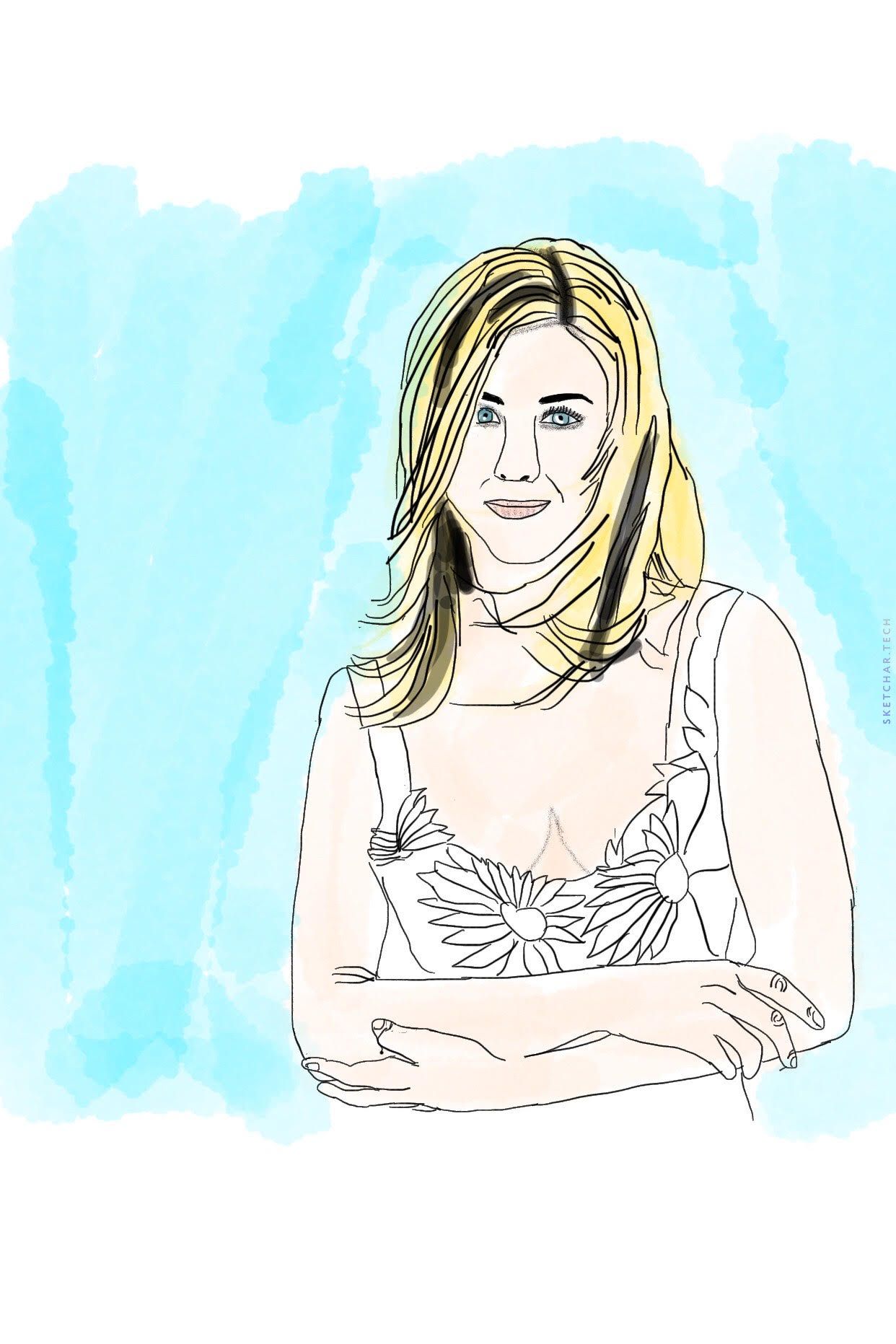
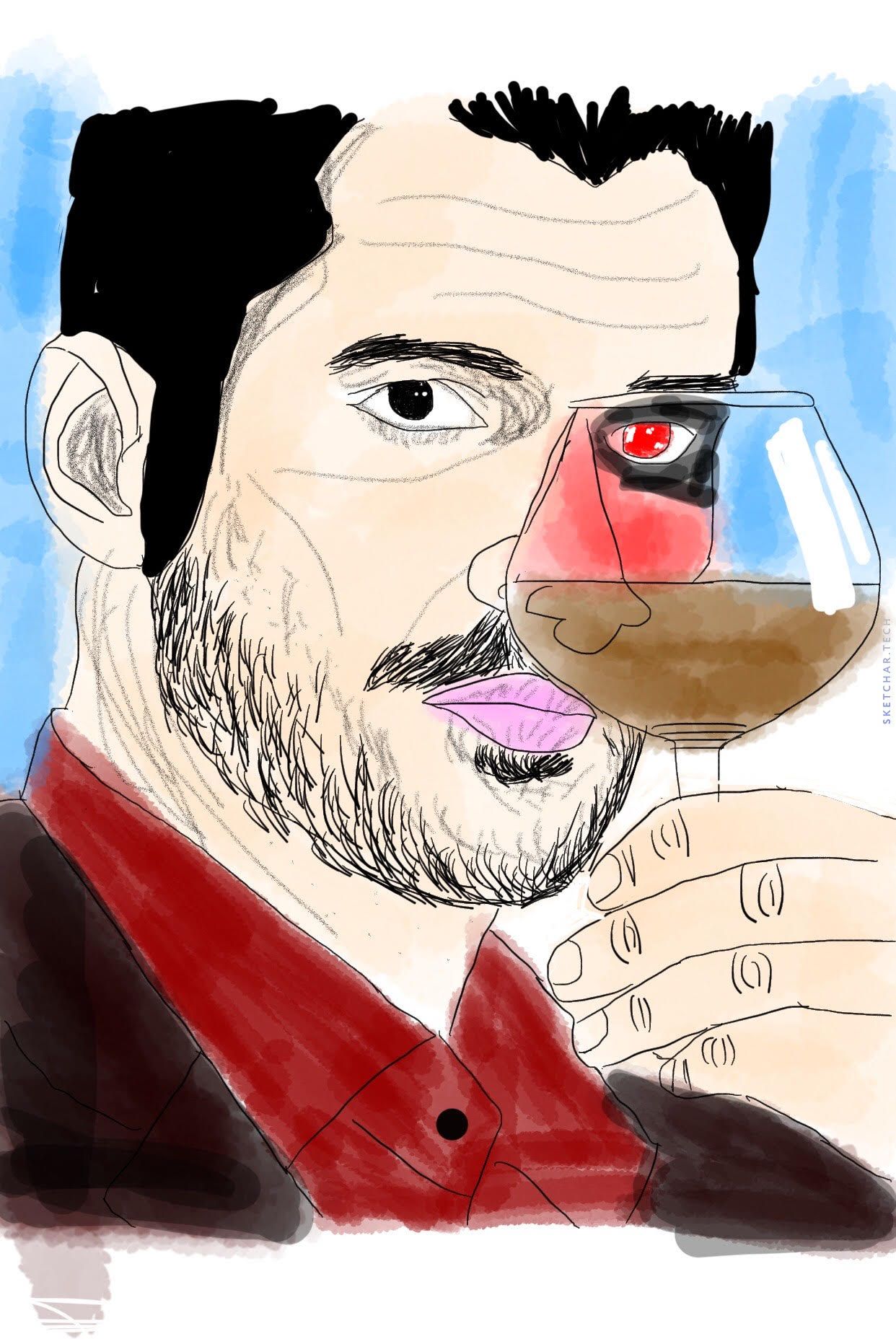
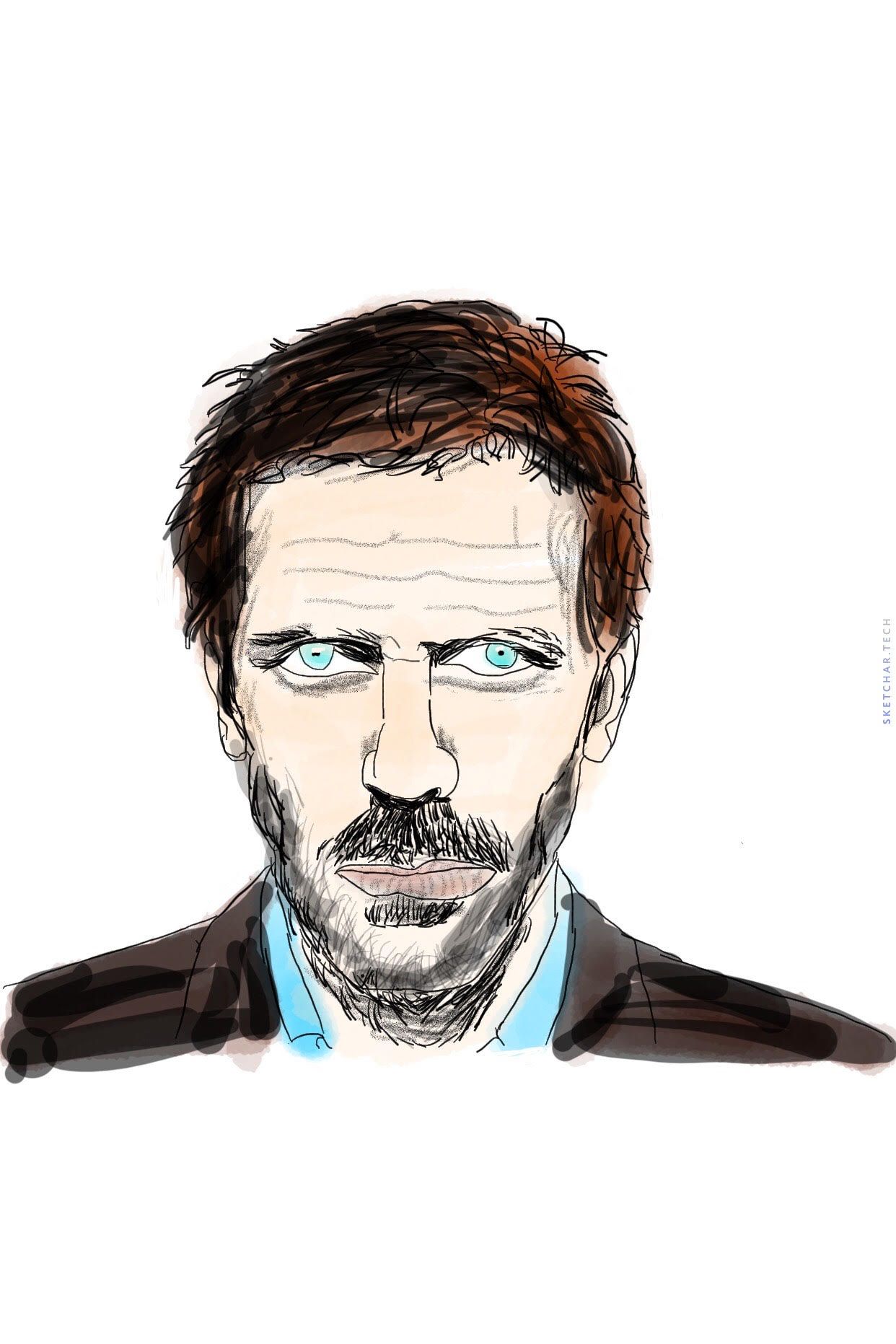
SketchAR’s mission is to unleash the creative potential of any individual whatever their level of artistic skills. It’s important to take the first step, which in itself is an achievement. We want everyone to feel free to express themselves, their emotions, and ideas that may not correspond to particular principles, rules, standards, or norms. We are in favor of true feelings and energy vibes.
Naive artists deserve special attention and commendation for their resilience, just like all others. Let’s at least know them. We hope this material will inspire some among you to visit a museum or simply go through pictures online in order to find out more about the genre and perhaps support someone’s bold undertakings.
The post cover uses Krithika's art made on Sketchar.

